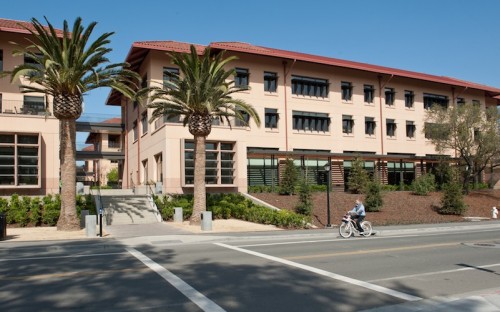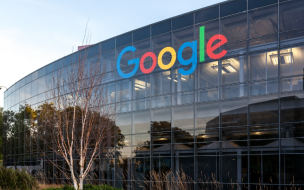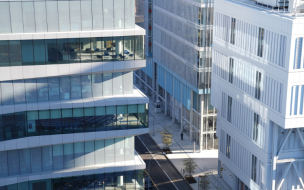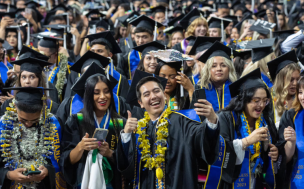Prospective MBA students have one main question on their minds before beginning the course: Will this be worth it? While it’s difficult to determine the non-monetary benefits of an MBA, the QS TopMBA.com Return on Investment Report aims to answer the financial aspect of this question.
Using data from over 200 full-time MBA programs around the world, the report explores four key factors: the length of time it takes graduates to recoup their investment; the average salary post-graduation; the average percentage uplift for graduate salaries; and 10-year ROI.
Which MBA program is paid back the quickest?
One of the...
This year’s report found that the average global payback time is 51 months, or a little over four years—after this point, graduates are officially in the black. European qualifications offer the quickest payback period (39 months), owing most likely to the shorter degree duration. The UK is particularly successful here, as MBAs in this country combine shorter courses with particularly high salaries.
In North America, the average payback period is 55 months, but this is offset by some of the highest salaries on offer.
The institution with the shortest payback period is the University of Strathclyde in the UK, at 18 months. Among the top 20 institutions for shortest payback period, only two are outside of Europe. Schools featured include Cranfield School of Management, Bath, Lancaster, and Liverpool in the UK, as well as France’s EDHEC Business School.
Additionally, qualifications taken in developing nations tend to have shorter payback periods, due to the lower cost of tuition.
Salaries are highest in the USA
Possibly the most significant factor for prospective students is expected salary level. For those driven by money, a key part of deciding where to study will come down to which institution can help deliver the largest paycheck after their MBA is completed.
European institutions might provide students with the quickest MBA payback period, but it’s the US which produces the highest-earning graduates. Indeed, only Switzerland’s IMD prevents the US from dominating the top 20 business schools for average salary levels. The elite M7 institutions are the major players in this list, with other prestigious schools across the nation also featuring prominently.
Stanford Graduate School of Business offers the highest salary payback in the world, with an average post-graduation salary of $140,600. Globally, the average salary is $79,829 ($89,037 in North America; $73,271 in Europe; $63,948 in Asia-Pacific). Students at the University of New South Wales’ Australian Graduate School of Management enjoy the highest post-MBA salaries in the Asia-Pacific.
Some salary uplift scores are surprising
While the most prestigious institutions provide the highest graduate salaries, the vast majority of MBAs will not be attending these schools. The salary uplift metric aims to provide students at less elite institutions with a realistic idea of the kind of salary increase they can expect by analyzing the average incoming and outgoing salaries of students.
The top three schools in the world are still in the US, but none are among the most prestigious. Willamette University (Atkinson) comes first, offering students an average 223% salary uplift; the University of Illinois (Urbana-Champaign) is second, with a 176% uplift; and the University of Connecticut is third, with 171%.
The UK is also well represented in the top 20, and two Indian institutions in the top 10 prove that the financial benefits of MBAs are not exclusive to just Europe and North America.
While the global average salary uplift is around 66%, North America ranks highest for this metric with a 74% uplift. Europe offers a 57% uplift and Asia Pacific 56%.
MBA ROI after 10 years
While payback times and post-graduation salary are both useful metrics for understanding the value of an MBA, it’s the 10-year ROI which can really provide an idea of the long-term value of the course. This metric is worked out by calculating the cost of the program, including tuition and forgone salary, and the salary premium—how much more money graduates are set to earn—over a 10-year period.
Stanford once again tops the ranks, offering $1,023,150 (the only school to break into seven figures), with the top 20 dominated by the US. However, six European schools are also found on the top 20 list. The University of Hong Kong ranks in third place ($845,350) but is the only institution outside of Europe or North America to make it into the top 20.
For further insight, including regional breakdowns and comparisons with business master’s programs, see the full QS TopMBA.com Return on Investment Report 2018: Full-Time MBA 2018.
Register for free to continue reading
RECAPTHA :
a1
88
d8
4e



 3
3 






The best of our Premium Articles